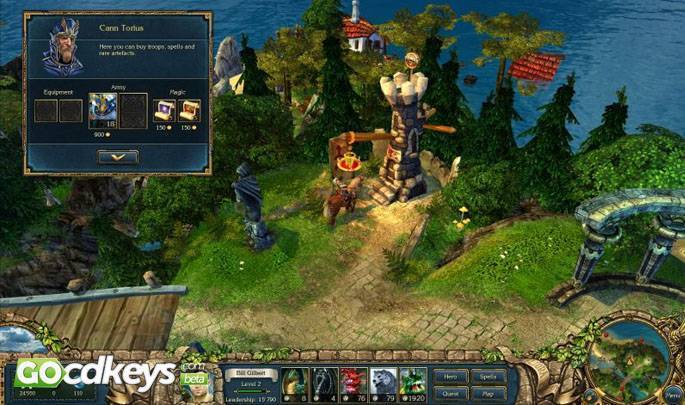

It was there, according to the legend, that the Greeks, led by “god-like” Achilles, confronted Priam’s son Hector and his Trojan force. His epic, based on centuries of oral tradition, plays out among the ships in the harbor, inside the walls of Troy, and on the plain in between-perhaps a stone’s throw from where I now stood in the parking lot. The question of which of these people and events, if any, are historical has captivated scholars for centuries, and though there’s little conclusive evidence that any scene happened as Homer described it, he invested his characters with such vitality and complexity that it can be hard to remember that much of the story is likely made up. In response, Menelaus’ brother Agamemnon, the “king of kings” who ruled from Mycenae on the Greek mainland, led a fleet of warships across the Aegean to recapture Helen and take revenge against the city. According to the legend, Priam’s son Paris (sometimes known in Turkey as Alexandros) ignited the war by seducing the “lovely haired Helen,” wife of the Spartan king Menelaus, and spiriting her to the Citadel at Troy. The epic poem describes, in gory and lyrical detail, 52 days near the end of the ten-year siege of Troy, the “well-fortified” city ruled by the kindly King Priam. It has been nearly 3,000 years since Homer wrote the Iliad, one of the foundational works of Western literature. Just beyond the entrance rose a towering, 40-foot-tall Trojan horse, fashioned in the 1970s by a Turkish craftsman from local pine. There were ticket booths and a set of gates. Five hundred yards farther on lay a vast parking lot to serve the roughly 1,500 or so tourists who flocked to this ancient site every day before the pandemic hit. Olive groves and cornfields extended on both sides, along with guesthouses and gift shops selling T-shirts, refrigerator magnets and other trinkets. I turned off the highway and spilled onto a rural road. Half an hour later, near where the strait empties into the Aegean Sea, I spotted a sign announcing my exit: Troia. Now and then the mile-wide sparkling blue expanse of the Dardanelles came into view. When I finally made it onto the highway and sped south, the landscape opened into a vista of agricultural fields, office parks and the occasional mosque. After a six-hour drive from Istanbul, I inched my rental car through the crowded city center, lined with fish restaurants and boutiques selling clothing and sunglasses.

The last stretch of my journey began in a traffic-snarled resort town by the name of Canakkale, on the eastern shore of the Dardanelles Strait in northwestern Turkey.


 0 kommentar(er)
0 kommentar(er)
